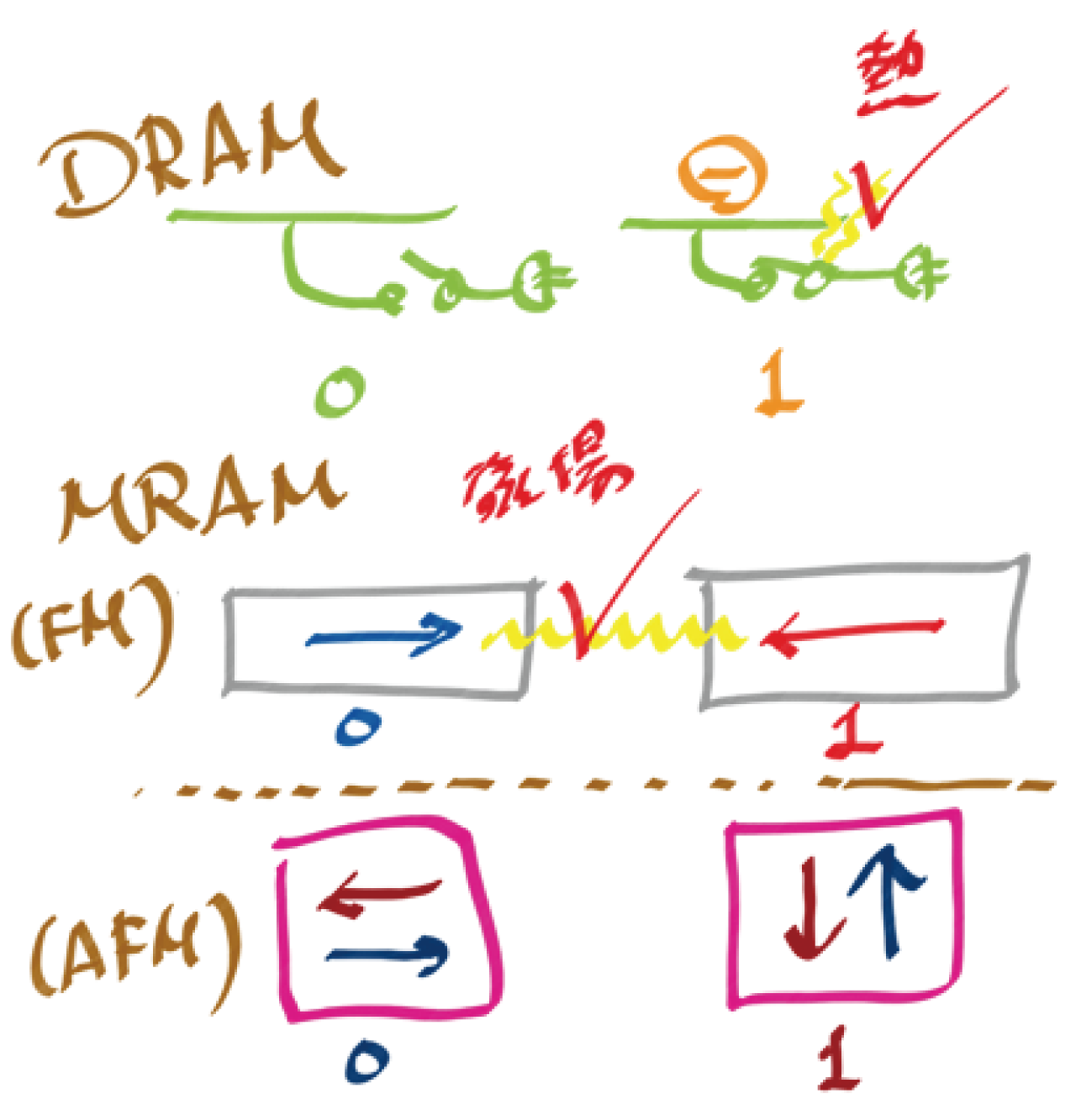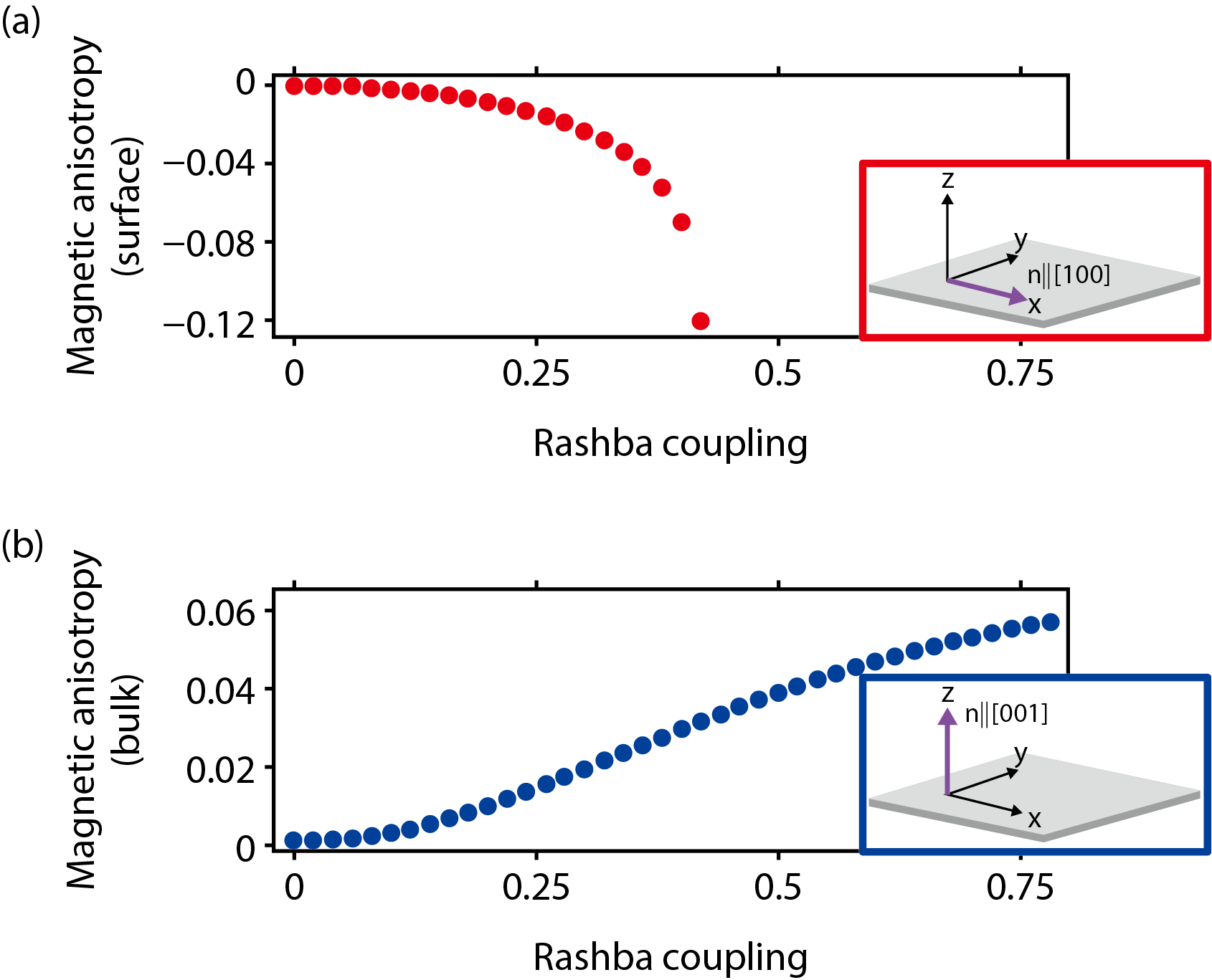
Fig.3-11 Semiconductor memory and magnetic memory

Fig.3-12 Rashba magnetic anisotropy in antiferromagnets
The Internet, smart phones, and the forthcoming AI society are immersing us in digital data. The core of digital processing is the memory unit, which performs basic operations, such as writing, storing, and reading data, billions of times per second. Normally, these operations are realized by switching the electricity in semiconductor materials on and off. Such on/off switching modulates the flowability of the electricity and produces heat and waste energy. As the amount of digital data increases, the energy consumption of digital processing is becoming a major problem.
A promising candidate for negating this problem is a new type of memory device based on “magnetic memory”. Instead of turning electricity on and off, a magnetic memory device stores data in the direction of magnetism, greatly reducing the energy consumption (Fig.3-11). The basic unit of magnetic memory is a nanoscale magnet. Optimal materials for magnetic memory devices are being researched around the world. At the forefront of these researches is a material called “antiferromagnet” material.
An antiferromagnet (also called an “antimagnet”) has a magnetic property but does not generate a magnetic field and hardly responds to an external magnetic field. Antiferromagnets have superior characteristics that cannot be achieved using other magnetic materials. In memory chips, antiferromagnets are expected to reach today’s limit of integrability and data security because they cannot leak magnetic fields, and consequently, there is no crosstalk between the memory bits and no data leakage in principle.
We focused on the “magnetic anisotropy” property, which dictates the direction of magnetism in antiferromagnets. By analyzing a theoretical model incorporating the special relativistic effect (the Rashba effect) in materials, we revealed that in a special class of antiferromagnets, the direction of magnetism tends to differ between the inside and surface of the sample (Fig.3-12). Furthermore, by attaching different materials or applying an external voltage, we could tune the magnitude of the Rashba effect and the induced surface magnetic anisotropy.
These results are particularly important at the nanoscale because the surface effect magnifies as the size reduces. Therefore, antiferromagnets should realize energy-efficient magnetic memories.
This work was supported by the Japan Society for the Promotion of Science (JSPS) KAKENHI Grant-in-Aid for Scientific Research (C) (No.16K05424).